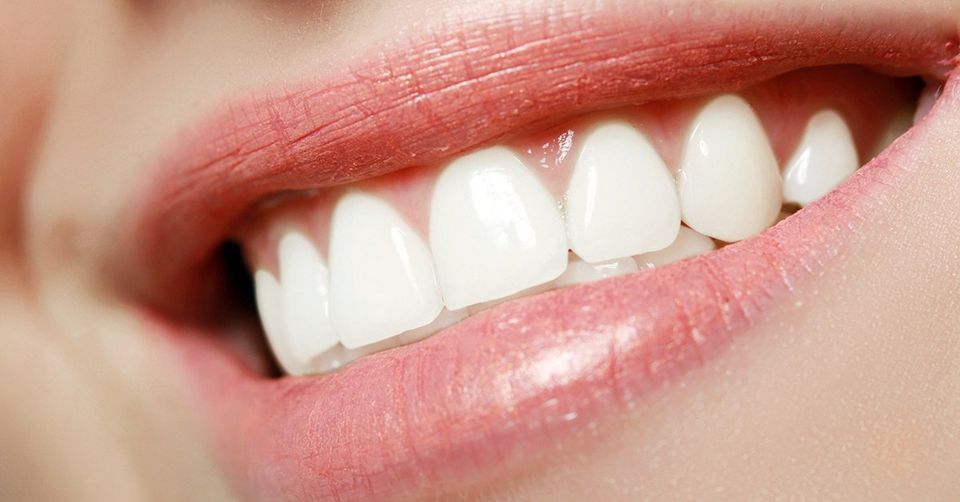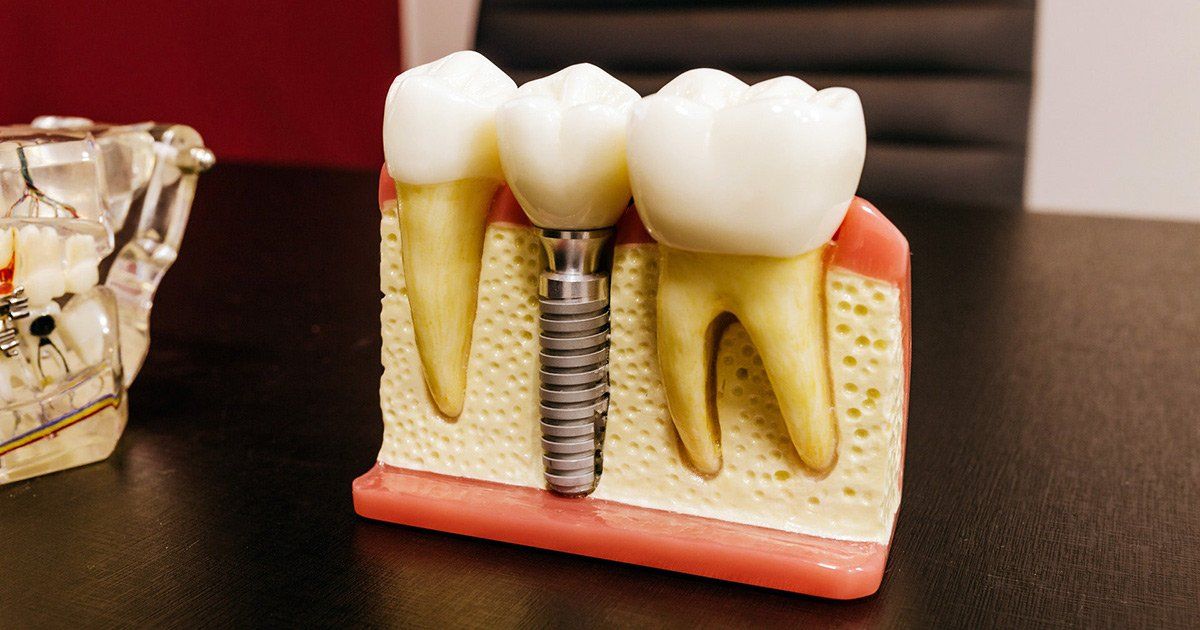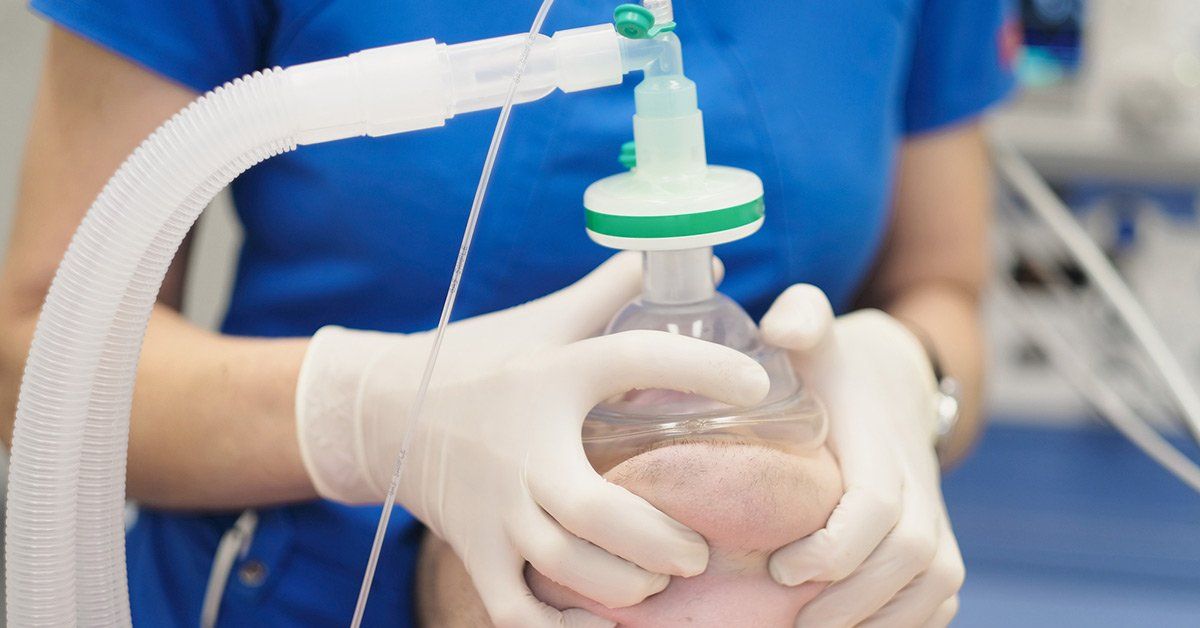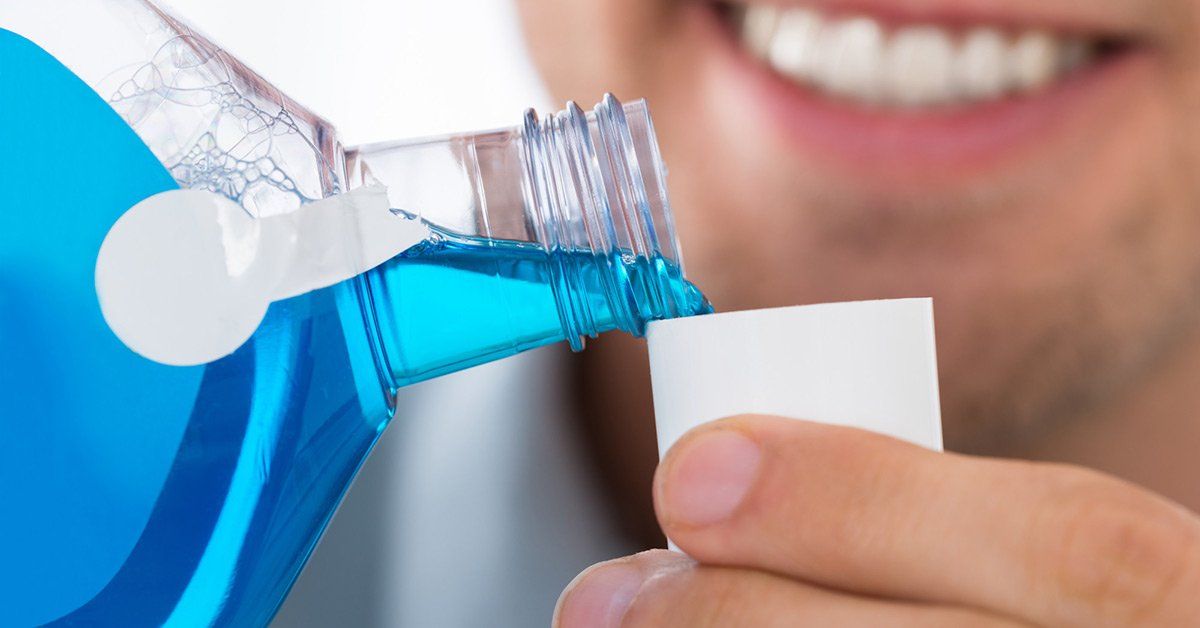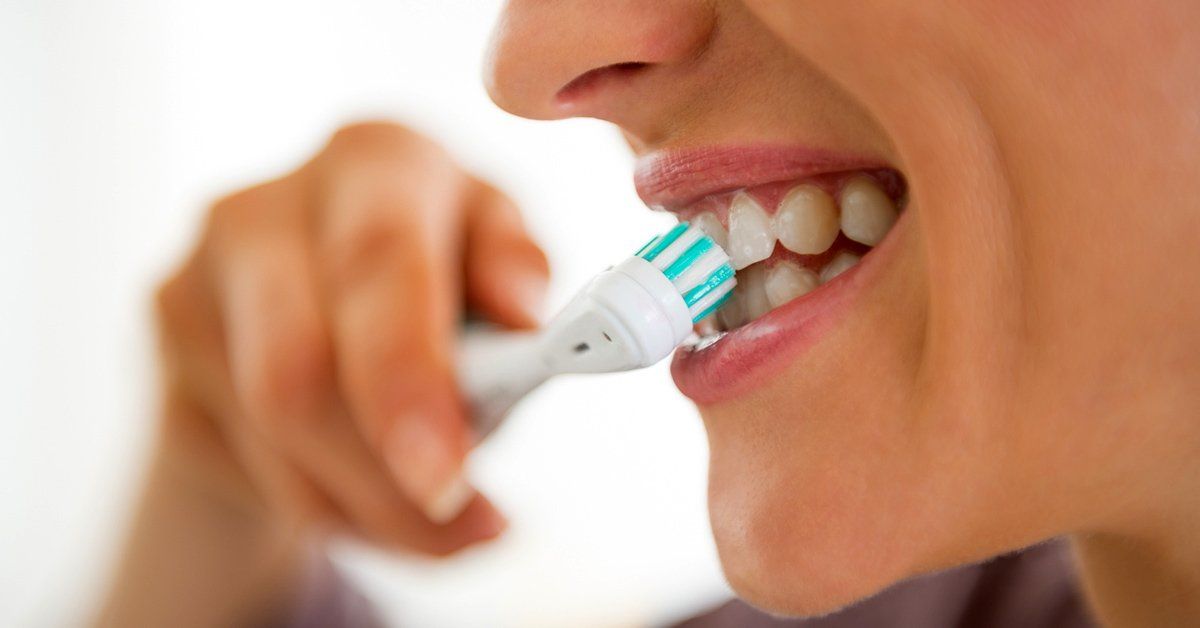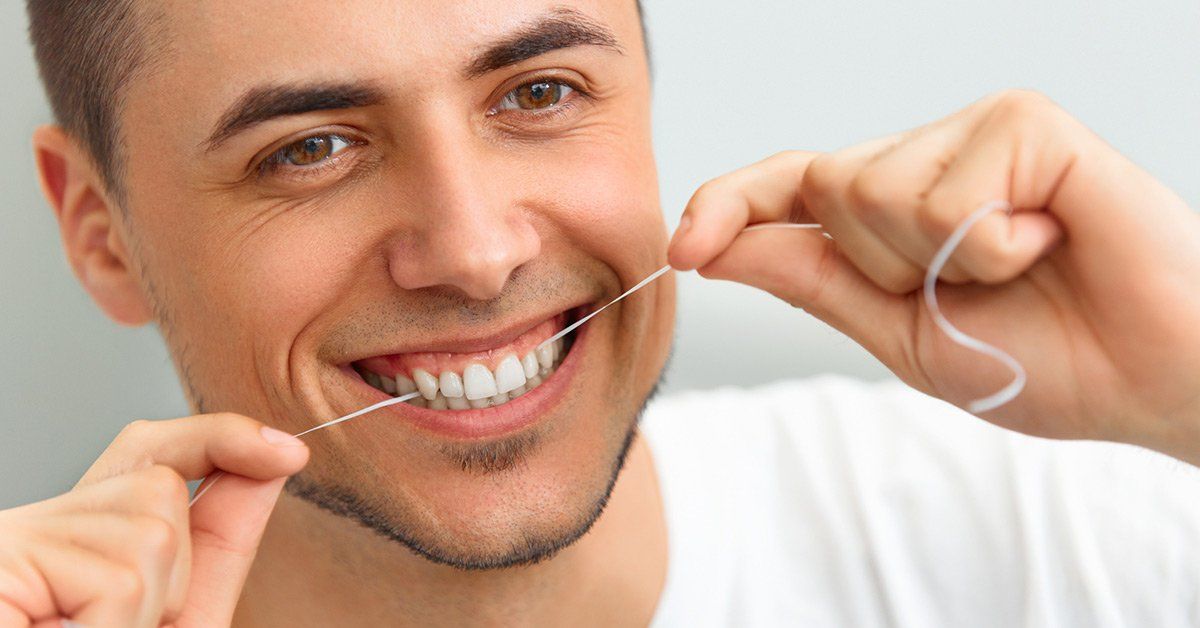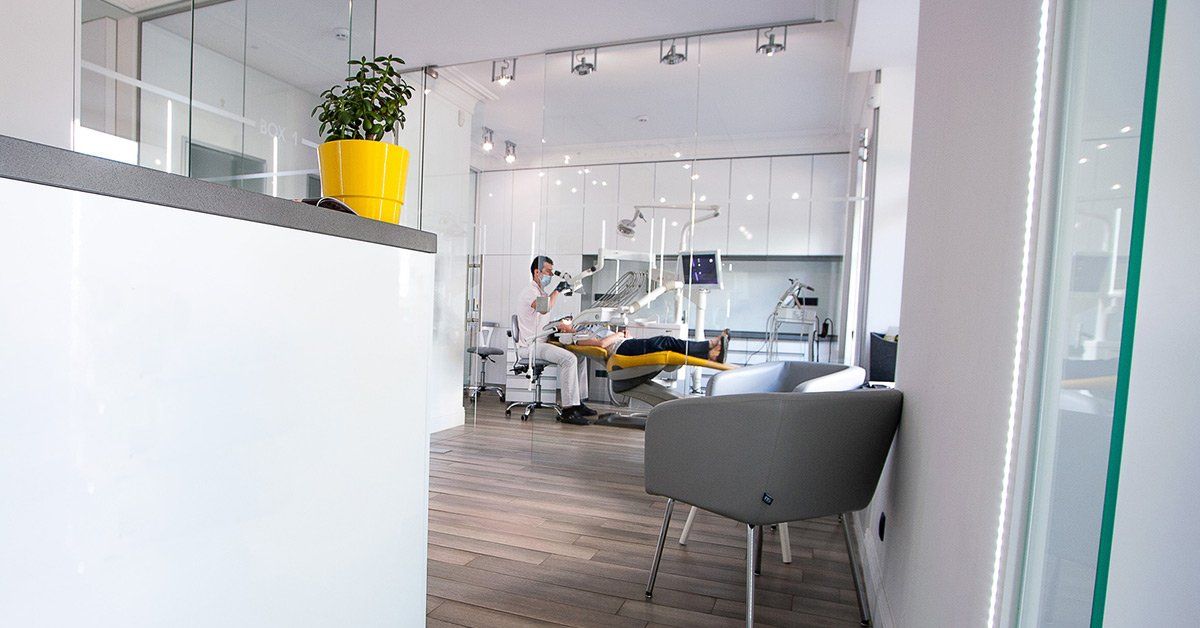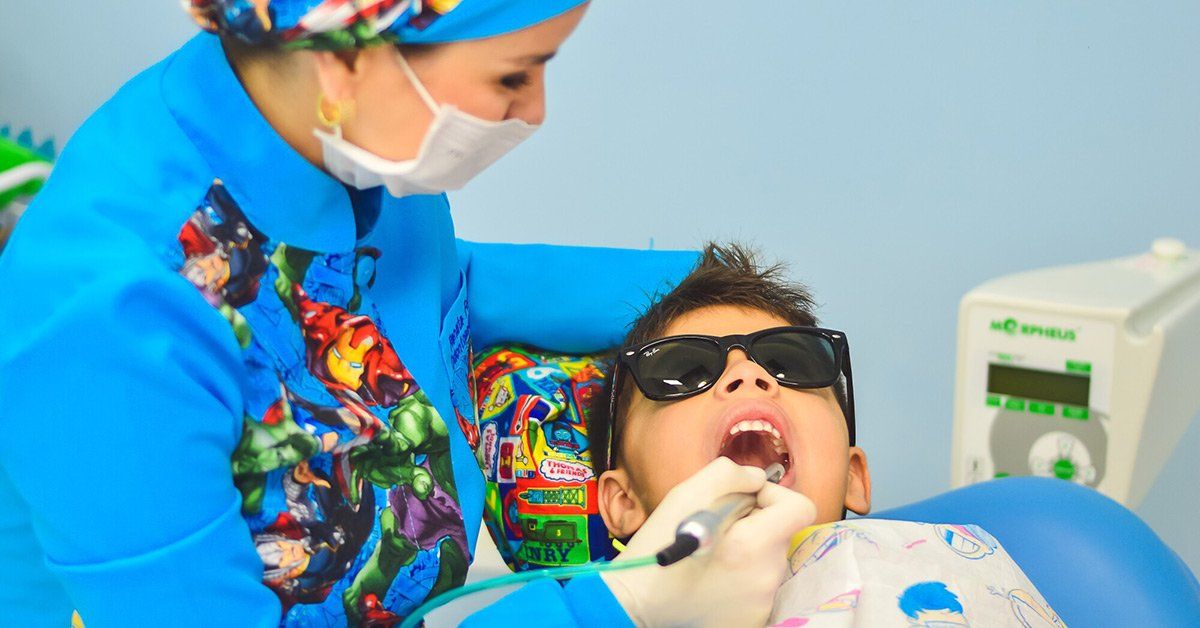Invisalign 101: Everything You Need to Know
More people are choosing Invisalign to improve their smile. Are you interested in trying Invisalign retainers? Read our complete guide.
So, it turns out you need tooth alignment. But you've read the horror stories about braces or seen that one episode of The Brady Bunch where Marcia claims that braces ruin even the delightful taste of spaghetti. So what other options exist for you out there besides braces?
Well, dental "technology" has come a long way since the 1950s, and one of the popular new tricks up their sleeve is Invisalign retainers. But what is Invisalign, and how does it help you?
Well, we're glad you asked. It's time to break down everything you need to know about Invisalign! So without further ado, let's get started!
What Is Invisalign?
Rather than the metal brackets and wires of braces, Invisalign retainers are pieces of clear plastic that are molded to fit your mouth. This plastic is made of a tough resin that allows it to straighten and pull your teeth into the desired position over time while you wear them.
To compensate for the natural wear and tear that happens to the retainers, patients will need several sets of them throughout their treatment. The switching period usually happens every 2 weeks or so.
The Invisalign Process
To get Invisalign, the first step you will have to take is talking to your dentist about whether they consider you a good candidate for it. Some people's teeth require more powerful methods than Invisalign to fix. If your dentist thinks the procedure would work well, you can then get into the specifics (like length and how it works).
After that, your dentist will get a scan of your teeth using either x-rays or digital photos. These scans then get sent off to a special laboratory where your retainer gets sculpted based on the model of your teeth. They then go back to your dentist, who will give you the first set.
You'll have to return to your dentist every so often for checkups or to get new sets. Other adjustments could also happen along the way.
For example, your dentist may contour your teeth (a process where they use tools to painlessly remove small bits of enamel from the tooth) to help create some space for your teeth to move to.
During the early phases of wearing the retainer, you may experience some discomfort in your mouth or find it difficult to talk. This will pass in time, as your mouth is not used to getting its teeth pulled around and your tongue is not used to having a plastic blockade at two parts of your mouth.
The Cost of Invisalign
As great as Invisalign is, it is a pricey option. Most providers will place Invisalign in around the $5500 price range for full treatment (similar to braces).
However, if you have a less severe issue, the cost of the retainers will likely go down a bit. Talk with your dentist and insurance provider to see how much of the process can get covered under your health insurance plan.Let's Talk Medical Benefits
So besides giving you a dazzling smile, what else does Invisalign help you with?
For starters, Invisalign is a great treatment option for those who suffer from either crowded or spaced teeth. This occurs as the result of the jaw being too large for your teeth size (spaced) or too small (crowding). Your teeth rubbing together like this can wear down the enamel and lead to both pain and tooth damage.
These retainers also help cure overbites and underbites. Overbites happen when your top teeth in front of your bottom teeth when you bite down (underbites are the opposite). This can lead to teeth striking the gum line of the opposite row, which damages your gums.
Some people also suffer from impacted teeth, a phenomenon that occurs when adult teeth don't grow but instead get stuck in your jaw. Invisalign helps with that, as well as aiding people who were born without certain teeth.
Why Choose Invisalign?
Now to be fair, every benefit we've listed of Invisalign so far is something that braces will help solve too. So what gives Invisalign the edge?
Well, Invisalign retainers can get taken off with ease. This means you can eat your favorite foods without having to worry about damaging the retainer (since it's not in your mouth). However, it is important to take them out even when you're drinking liquids that aren't water, as they can still damage the retainers if they remain in your mouth during consumption.
Braces, on the other hand, come with a list of dietary restrictions so that you don't bend a wire or bracket. This means no apples, bagels, gum, popcorn...the list goes on and on.
Since you can take Invisalign retainers out, this also means that you can play contact sports (like football) without having to worry about damage. This also makes brushing your teeth easier, since you don't have to change your brushing method to accommodate for the retainers (unlike the braces).
Another perk of Invisalign is that the clear plastic of the retainers allows them to blend in more with your teeth. Making braces look natural is near impossible, and for those who are a bit socially conscious, having something that most people won't even notice is preferable to the more obvious braces.
What to Avoid
When wearing Invisalign retainers, make sure you wear them consistently and for most of the day. Your progress will end up resetting back to how it was if you leave your retainers out for long periods.
It's also important to rinse and clean your retainers. This way, they don't get leftover food chunks or other foreign materials trapped inside them.
A Smile That Stuns
And there you have it! Now that you know everything you could need to know about Invisalign, you're ready to get out there and get the smile of your dreams! To get started on your Invisalign treatment today, give us a call and see how the folks at the Dental Arts of Salem in Salem, NH can help you!
Mon: 8am - 2pm (by phone only)
Tue: 8am - 5pm
Wed: 8am - 2pm
Thu: 8am - 5pm
Fri: 7am - 2pm
603-288-1022

603-288-1022
All Rights Reserved | Dental Arts of Salem
Privacy Policy | Cookie Policy | Accessibility Statement I Terms and Conditions I Notice of Privacy Practices
Website designed and maintained by Xpress, INC
